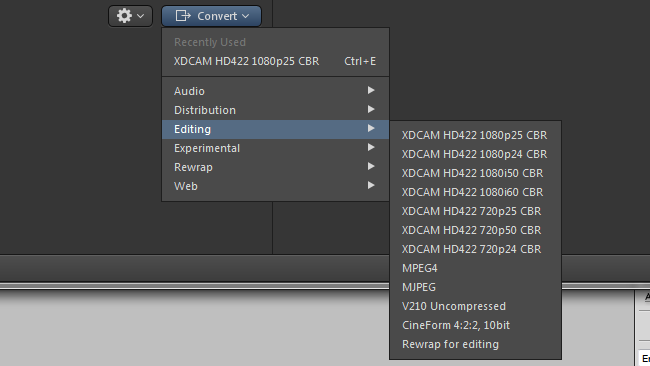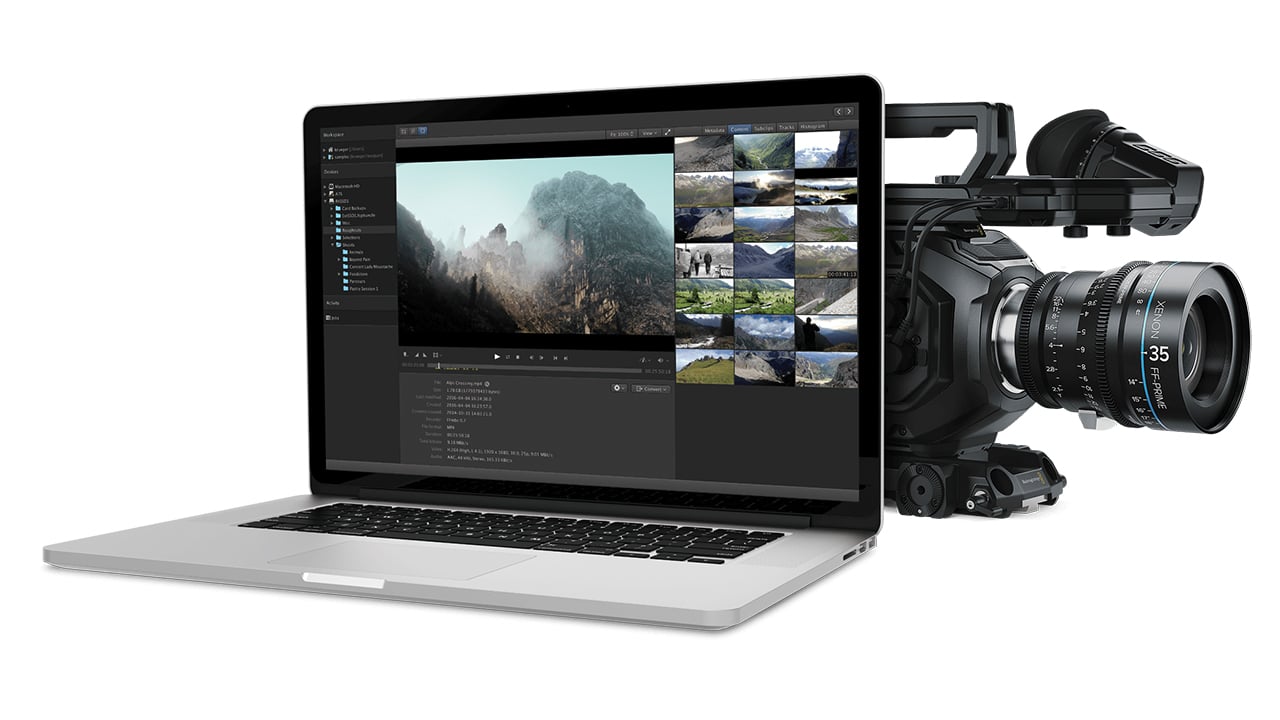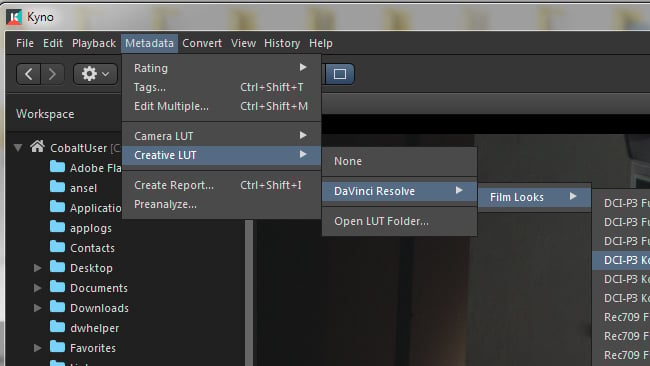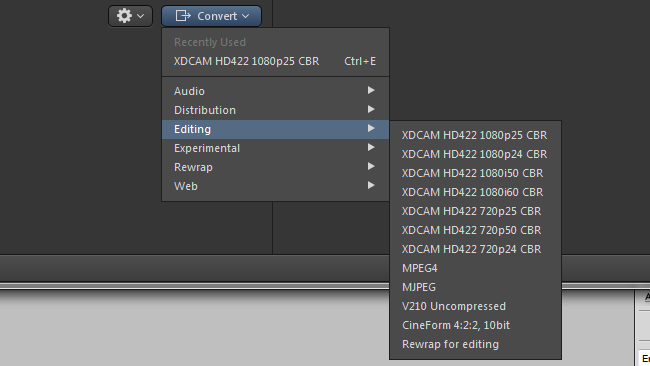

The well-regarded Kyno media management system from Lesspain Software has just received a comprehensive update that adds the ability to put LUTs on the image and more.
In the past, we've described Lesspain Software's Kyno as a Swiss army knife of video handling capability. If that's the case, then Kyno has just grown a significant new blade, because the busy people at Lesspain have added, among other things, the ability to put LUTs on the image.
This is something that we asked for very specifically back when we first looked at the software, and to their credit, the people at Lesspain have always been very aware of it as a requirement. Kyno was perhaps first and foremost a tool for factual production, though it since has outgrown that box. Regardless, even documentaries are now very commonly shot with non-709 luminance encoding, not to mention the more traditional log world of single-camera drama. Therefore, lookup tables were always going to be a requirement, both for viewing footage and transcoding it into a format that can reasonably be edited on a Macbook or viewed on an iPad, so this is an absolutely key feature that we're very pleased to see. Performance remains snappy.

Kyno now offers two LUTs for camera normalisation and creative purposes
The software ships with only four LUTs (suitable for Arri, Panasonic, and Sony cameras), each targeting Rec.709. The option to include more is subject to the manufacturers releasing the intellectual property, but there would seem to be no downside to anyone doing this, so we can reasonably hope for more. What's more, Kyno will look for an install of Premiere or Resolve and automatically import LUTs from those programs. There's currently automatic detection only for files in Arri's Log-C encoding, though that's intended to change. This is a feature which makes Kyno dependent on files having correct metadata, so there may be limits to how well this can work, but with camera-original material, it should be reliable.
Cineform
Other updates in this release include encoding of the Cineform mezzanine codec. Cineform is a wavelet codec designed to do roughly the same job as ProRes and should probably be more popular than it is – wider support is always good to see. The Windows version of Kyno continues to lack ProRes encoding, which is a pity, but not really Lesspain's problem. The politics of ProRes on Windows are labyrinthine at best. There's also now the option to burn in a timecode when transcoding and a few tweaks to the way subclips work. Two features, which will be optional extras, are support for Panasonic's P2 card format, as well as upload to online servers via FTP, both of which will fit some quite particular workflows, so the decision to split them off makes sense.

There's now Cineform encoding, too
Best of all, the update will go out to everyone with a Kyno licence less than a year old. The price remains a frugal £139, which compared to many other media management applications is an absolute steal. The company has always been cautious about any idea that Kyno is intended to compete with any of the big names beloved by digital imaging technicians, but the ability to tweak those LUTs on a shot-by-shot basis, as well as some basic offload and backup verification tools would take it dangerously close to being a contender in that field as well. Of course, it's easy to speculate about features and hard-to-write software, but nevertheless we'll await the next instalment with keen anticipation.
Find out more at the official website.
Tags: Post & VFX



Comments